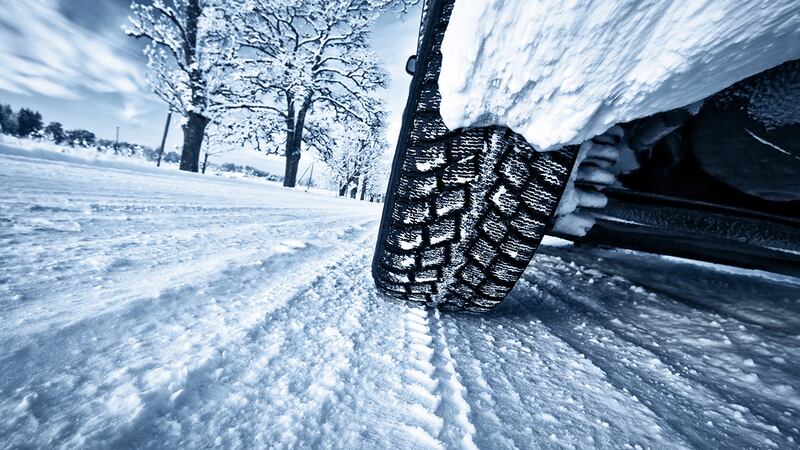When winter hits, some of the country can deal with the aftermath of the snow and ice, while other areas, where snow is infrequent, may need a refresher on how to drive in what Mother Nature drops.
One situation that can catch even the most seasoned driver off-guard is encountering black ice.
For those unfamiliar with black ice, it’s a very thin coating of ice on a road. It technically isn’t black, but is so thin and transparent that drivers can’t always differentiate between wet or icy roadways.
Esurance reminds that black ice usually forms at night or early morning and is barely noticeable until it is too late and after drivers have potentially lost control of their vehicles.
So how can you protect yourself, your passengers and your car when there’s a potential for black ice?
Cars.com says know where it can form like bridges, overpasses, shady areas and roads that don't' get a lot of traffic.
Cars.com compiled a list of AAA recommendations:
- Look for roads that are slightly darker and duller than the rest of the street.
- Don't use cruise control.
- Avoid changing lanes unnecessarily.
- Try hitting breaks before ice.
- Control your skids by easing off the gas pedal and steer in the direction you want to go.
- Don't pump brakes if you have anti-lock brakes.
- Four-wheel drive won’t help you stop faster on ice.
Cox Media Group








